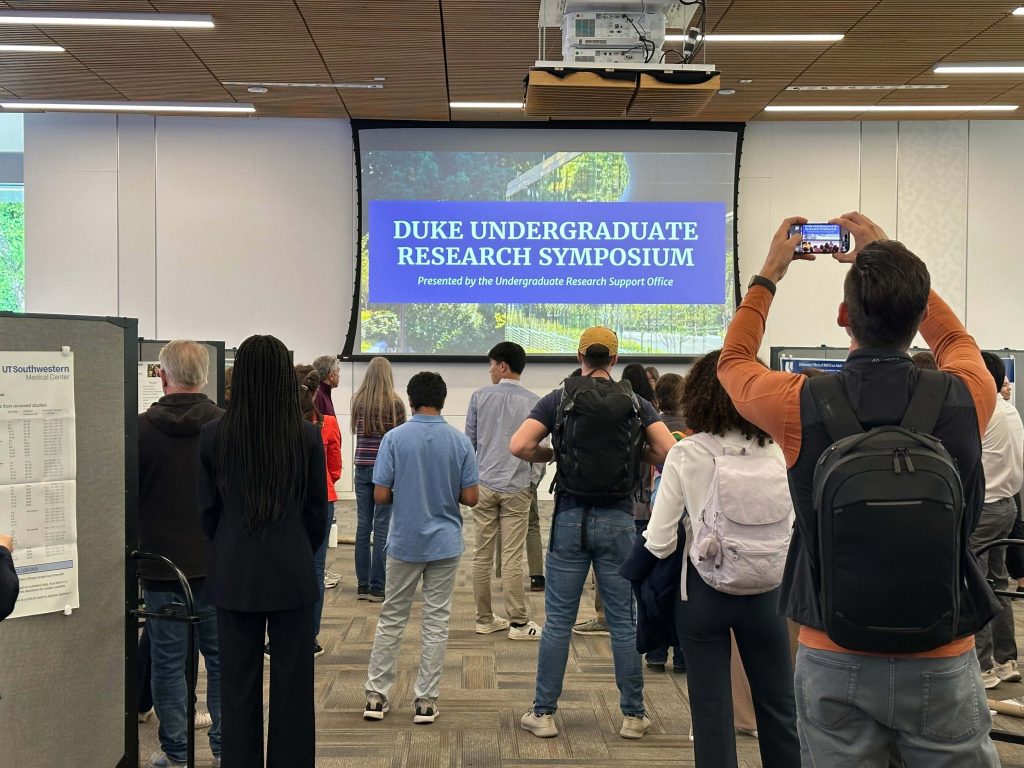
Title: When Science Struggles to Keep Pace with Technology: The Critical Need for Accelerated Responses to Digital Hazards
As digital advancements progress at an unprecedented speed, the capacity of scientists to thoroughly evaluate their risks and impact on society is lagging alarmingly. A recent article published in the journal Science highlights this widening gap, cautioning that public safety and accountability are increasingly jeopardized due to the scientific community’s failure to match the rapid pace of innovation.
Written by Dr. Amy Orben (University of Cambridge) and Dr. J. Nathan Matias (Cornell University), the report asserts that the existing scientific framework is inadequately prepared to assess the intricate and swiftly changing effects of digital technologies—from social media networks to artificial intelligence (AI) applications. While scientific research often requires years from initiation to publication, technology firms regularly roll out updates and new features on a weekly basis, rendering much of the latest research outdated or irrelevant by the time it is released.
The investigators argue that this situation creates a troubling cycle where scientific evaluation perpetually trails behind, jeopardizing efforts to govern and manage digital systems impacting billions of users worldwide.
Tech Firms Shifting Responsibility
A particularly alarming assertion from the report is that large tech corporations often depend on underfunded, independent researchers to evaluate the safety of their platforms. These scientists encounter substantial obstacles: restricted access to confidential data, inadequate financial support, and a lack of standardized tools for swift investigations.
“Researchers like us are dedicated to public welfare, yet we are expected to hold accountable an industry worth billions without sufficient backing for our work,” remarked Dr. Orben. Without cooperation from the industry, substantial assessments of harm become exceedingly challenging.
This delegation of safety research permits companies to evade oversight by highlighting the so-called “absence of causal evidence” for harm—evidence that they themselves hinder researchers from acquiring. Dr. Matias notes that this pattern mirrors strategies historically employed by the oil and chemical sectors, where a lack of scientific certainty has been used to stall or evade regulatory action.
Significant Ramifications
The repercussions of this dysfunctional system have real-world implications. The 2017 suicide of 14-year-old Molly Russell, who had encountered distressing online material associated with her depression, raised a tragic call for accountability in the industry. A British coroner identified “the negative impacts of online content” as a factor contributing to her death, yet meaningful systemic change has predominantly lagged.
Beyond social media, the issue now encompasses artificial intelligence, where algorithms make critical decisions in sectors including healthcare and criminal justice. These systems are being widely implemented despite limited independent evaluations or safety assessments.
Proposed Solutions: Rethinking Scientific Oversight
To remedy this escalating crisis, Orben and Matias put forward a series of innovative reforms aimed at creating a more agile and inclusive science-policy framework:
1. Public Harm Registries
Establishing databases for individuals to report injuries caused by digital technologies would streamline the identification of emerging concerns in real time, integrating public experiences into research and policy debates.
2. Baseline Evidence Requirements
Rather than waiting for extensive causal proof, policymakers could implement a flexible threshold for action based on the degree of transparency and partnership exhibited by tech companies. Essentially, lesser transparency from firms would reduce the proof burden needed to initiate regulatory measures.
3. Scientific Triage Models
Drawing inspiration from environmental toxicology, a prioritization framework would assist researchers and funding bodies in concentrating on digital technologies that present the highest risks. Such a system would facilitate smarter allocation of limited resources toward investigating pressing threats.
A Call for Systematic Change
Importantly, the authors highlight that the challenge lies not with the scientists themselves but with the underdeveloped system in which they operate. “The scientific methods and resources available for generating evidence right now simply cannot keep pace with the rapid development of digital technology,” stated Orben.
To avert future tragedies and cultivate technologies that genuinely serve society, a unified effort is essential. This should encompass reconfiguring funding mechanisms, crafting shared data protocols, enhancing interdisciplinary cooperation, and creating regulatory incentives for companies to invest in and partake in safety research.
Everyone Has Something at Stake
While the authors distinctly caution about the dangers to individual users, many of whom are vulnerable and under-informed, they also point out that tech companies themselves risk significant losses when science fails to deliver timely insights. In the absence of reliable data, public panic, misinformation, or hasty regulations can unjustly harm tech firms or lead to ill-conceived policies.
Conclusion: Science Needs to Keep Up—Or Risk Being Overrun
As our world becomes increasingly digitized and algorithm-driven, the delay in comprehending and regulating these technologies becomes more perilous. The disparity between innovation and oversight not only endangers public safety but also undermines trust in both scientific and governmental institutions.
“Society has a brief opportunity to create a more effective system,” warned Orben. “If we do not take action now, the era of AI may expose us to risks for which we are too slow or ill-prepared to manage.”
Immediate investment in quicker, better-equipped, and more empowered digital science is essential.